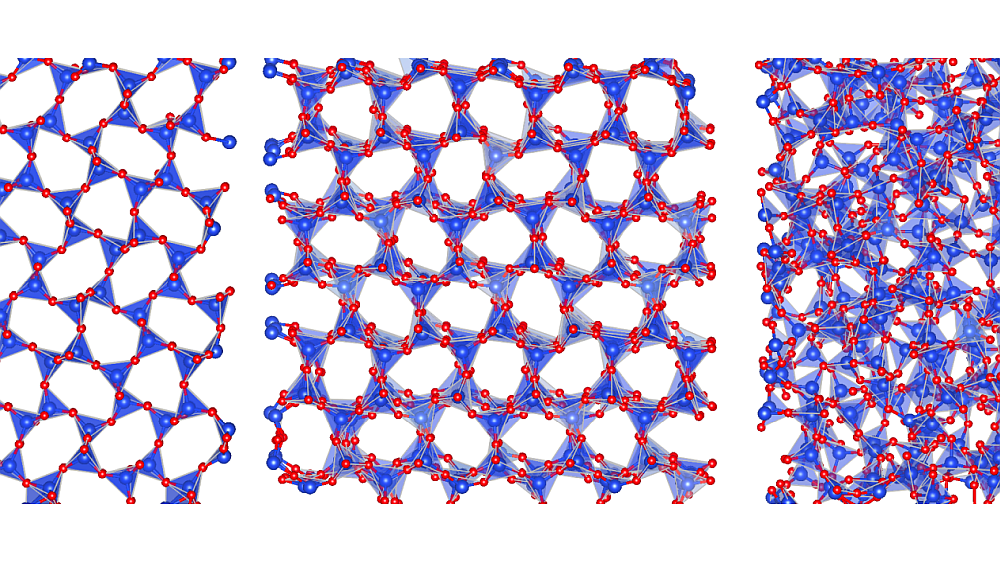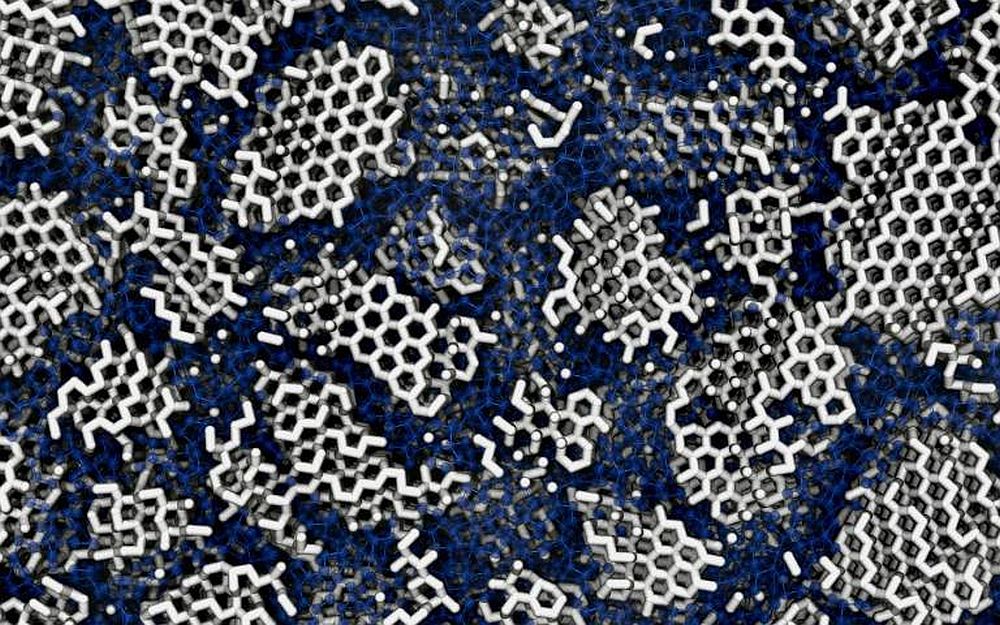Last August DARPA conducted the second test flight of its hypersonic technology vehicle, the Falcon HTV-2. The test ended when the vehicle sent itself into the Pacific Ocean nine minutes into the flight. At the time, the reasons for the abort were unclear and frustrating. The project’s program manager, Maj. Chris Schulz, USAF said then, “We’ll learn. We’ll try again. That’s what it takes.”
To help figure out what it takes, DARPA enlisted the aid of an independent engineering review board comprised of government and academic experts to evaluate the data collected during the flight. The vehicle was built not only to demonstrate the technology, but also as a data-gathering platform. Thus, the ERB had plenty of data telling the story of what happened.
The goal of the program is to develop a vehicle that can reach any location in the world within an hour, which requires hypersonic speeds. According to a story on the DARPA website, the August 11 test flight successfully achieved stable, aerodynamically-controlled speeds up to Mach 20 for the first three minutes. The vehicle appears to have experienced a series of “shockwave disturbances” that were more than 100 times more intense than it was designed to withstand. The vehicle recovered from these first shockwaves and maintained control, which DARPA’s acting director, Kaigham Gabriel observed, was in itself a successful outcome, “That’s a major validation that we’re advancing our understanding of aerodynamic control for hypersonic flight.”
So, how did the vehicle eventually lose control? The ERB conclusion was that “the most probable cause of the HTV-2 Flight 2 premature flight termination was unexpected aeroshell degradation, creating multiple upsets of increasing severity that ultimately activated the Flight Safety System,” which triggered a controlled descent and ocean ditch of the vehicle.
Vehicle design engineers knew there would be a “gradual wearing away of the vehicles skin as it reached stress tolerance limits,” however, more of the vehicle skin separated from the vehicle than was expected. The gaps created by the peeling “created strong, impulsive shock waves around the vehicle,” which caused it to roll suddenly. Eventually, the shockwave-induced rolls became more than the vehicle could overcome.
The old maxim that we learn more from our failures than our successes applies here. Schulz said in the DARPA story, “Data collected during the second test flight revealed new knowledge about thermal-protective material properties and uncertainties for Mach 20 flight inside the atmosphere.” That is, the data collected during the flight showed that the assumptions and extrapolations used to design the vehicle were not enough to predict accurately the extreme environment experienced at Mach 20. Schulz says, “The result of these findings is a profound advancement in understanding the areas we need to focus on to advance aerothermal structures for future hypersonic vehicles. Only actual flight data could have revealed this to us.”
The DARPA story says the next step for the program is to improve models for “characterizing the thermal uncertainties and heat-stress allowances for the vehicle’s outer shell.”
However, accurately characterizing materials at high temperatures is not easy. Last week we summarized a review article on methods for measuring thermophysical properties above 1,500°C, a laboratory capability that is being driven largely by aerospace and nuclear applications. Even the business of accurately measuring temperature for those tests is as much art as science.
These materials are not easy to work with, either. The materials under investigation are refractory nonoxide composites, like C/SiC, sometimes with refractory borides mixed in. The cover story of the January/February issue of The Bulletin gives an overview of materials, processes and properties of UHTC composite materials under investigation for hypersonic vehicles in the UK. In the US, a multi-university and industry partnership is working on the problem under the umbrella organization, National Hypersonic Science Center for Materials and Structures.
A recent paper (abstract only) by a research team at the University of California, Santa Barbara—one of the partner universities—describes a method for measuring strain at high-temperatures. The authors, Mark Novak and Frank Zok, note that development of materials for extreme environments requires the ability to reproduce conditions in the laboratory, which is not trivial.
In their paper, they use digital image correlation to measure displacement and strain. DIC is an optical, non-contact method that can be used at high temperatures.
Displacements are measured by correlating speckle pattern images of specimen surfaces in the deformed state to the undeformed state. Strains are determined by differentiating between displacement fields. The technique eliminates strain gauges, and they report, is accurate with excellent spatial resolution. It has the further advantage of being useful for specimens subject to thermal gradients or mechanical loads because it can recognize out-of-plane displacements.
The trick is in the imaging, which requires an illumination source that can be distinguished from the glow of thermal radiation. Also, heat haze is a problem when the measurements are made in ambient air. Finally, the speckle pattern itself has to be thermally stable and have enough contrast in the test temperature interval.
The paper describes a technique Novak and Zok devised using a CO2 laser as the illumination source, which they demonstrated on a C/SiC composite and a nickel base superalloy (Inconel 625). Alumina or zirconia paints were used to enhance the speckle contrast on the composite; the superalloy was oxidized to create a dark background.
Heat haze was managed by using an “air knife,” which blows air across the surface of the sample, minimizes turbulence and mixes the air in the sight lines of the imaging instruments. The air knife did not completely eliminate heat haze, but their results show that using it led to sharper images and reduced the standard deviation of strain values by a factor of three.
They were able to demonstrate full-field strain mapping up to 1,500°C, and suggest that the upper-temperature limit for measuring thermomechanical properties could be extended by modifying the illumination and filtering out longer wavelengths.
Author
Eileen De Guire
CTT Categories
- Aeronautics & Space
- Modeling & Simulation
- Optics
- Transportation


